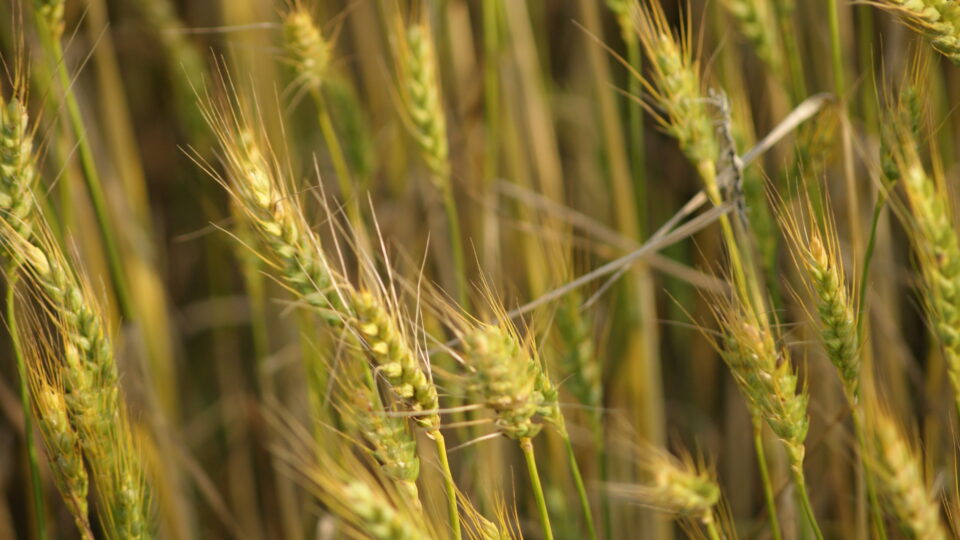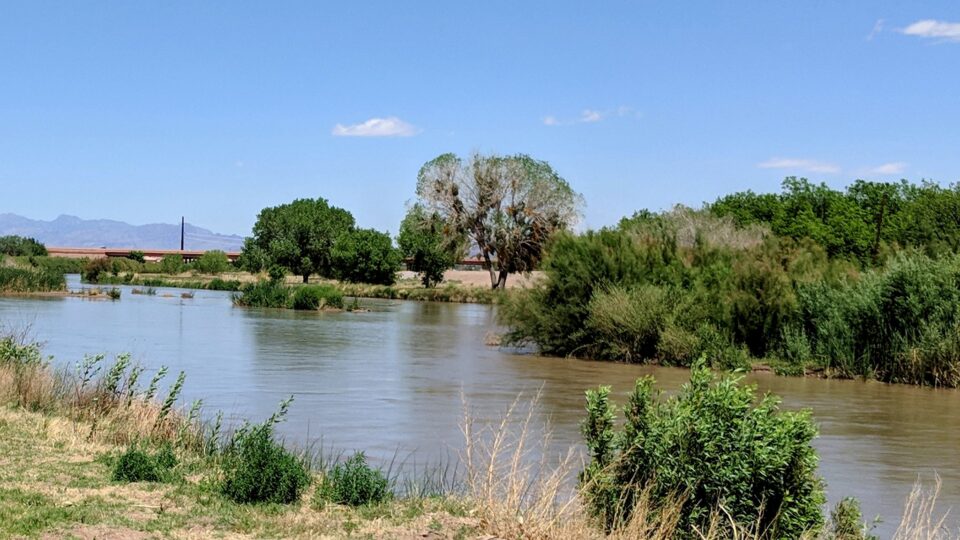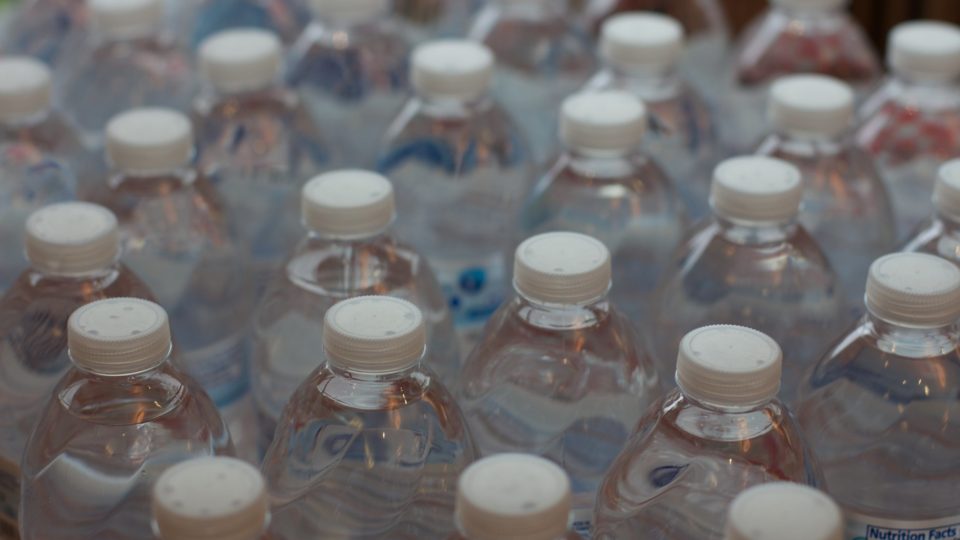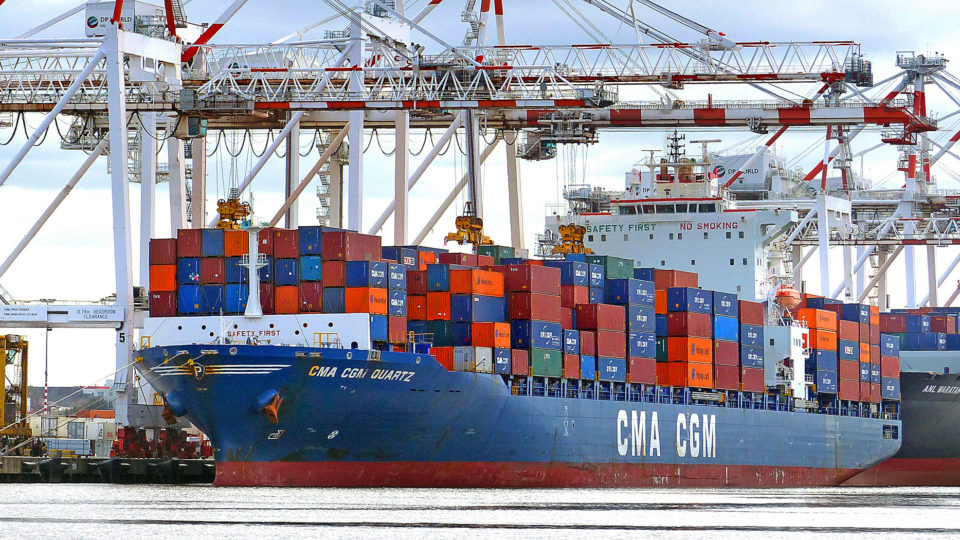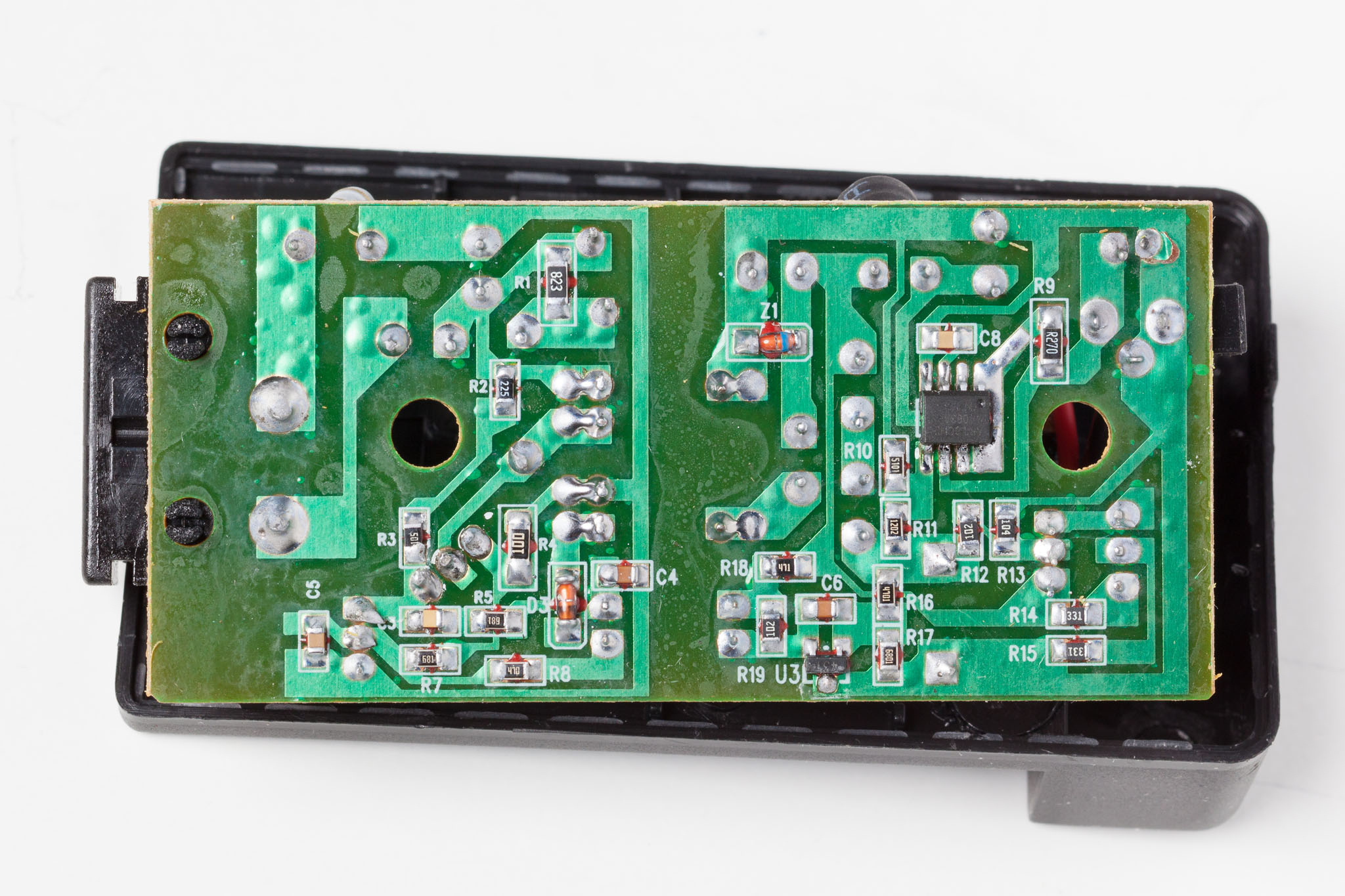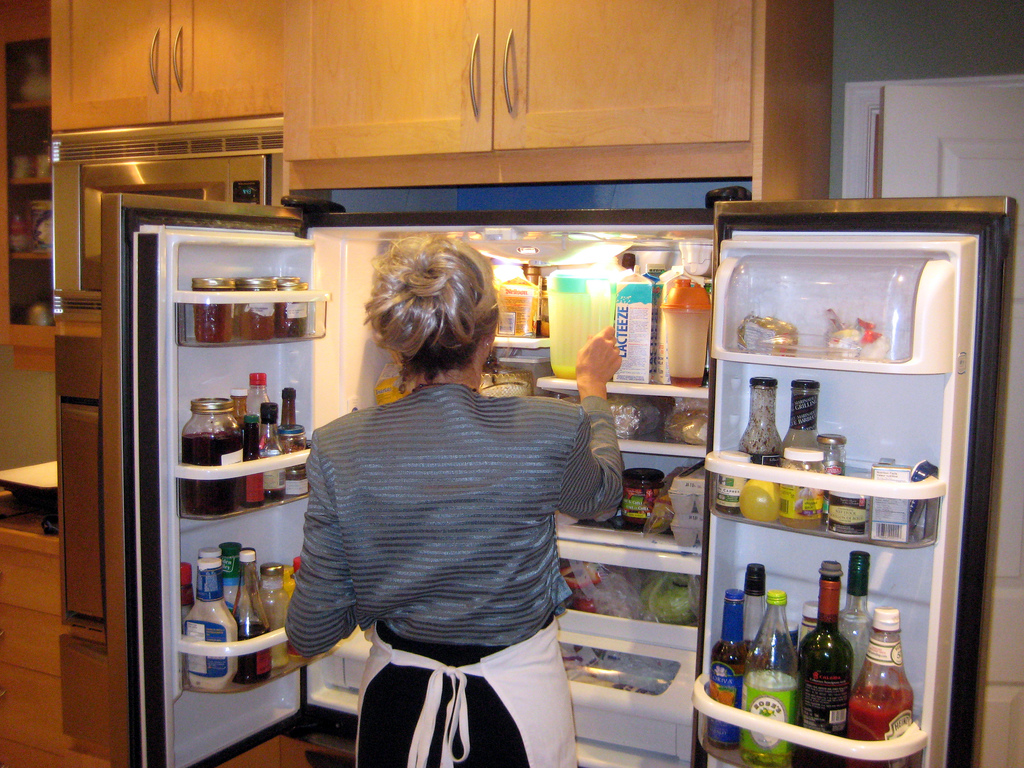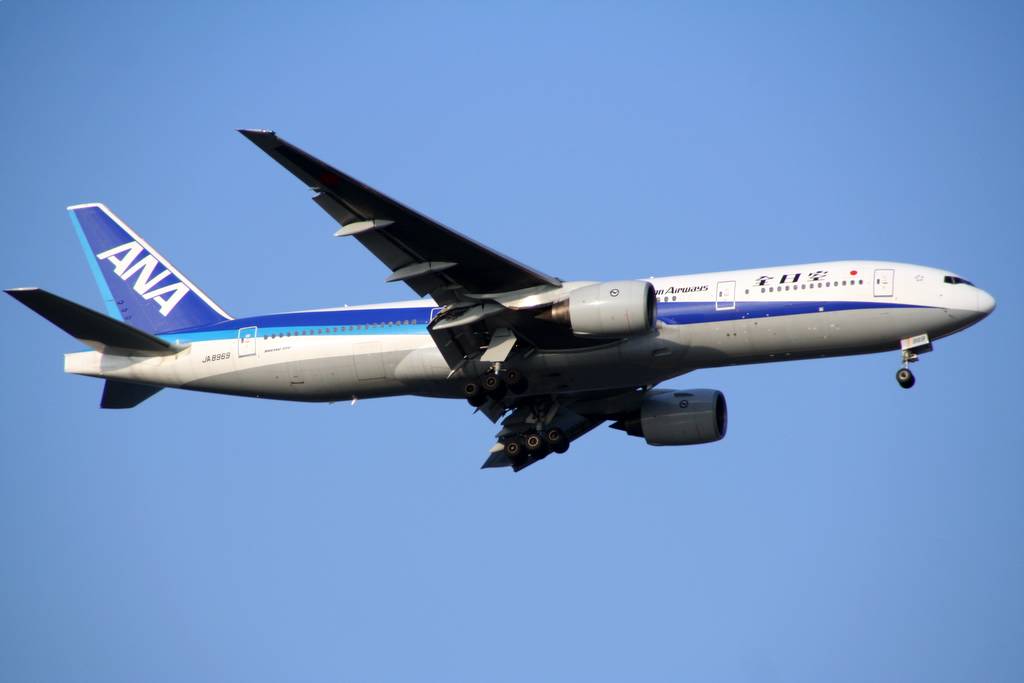The durability, malleability, and low cost of plastics have made them ubiquitous. Plastics are everywhere: in packaging, clothing, and an endless variety of products. As a result, they are everywhere in the environment and they tend to stay there, contaminating land and sea. They are tough to recycle, and their production emits more carbon dioxide than all air traffic combined. The search for viable substitutes for plastic is global and intensive.
Most common bioplastics are not an ideal solution. They don’t break down that easily when tossed into the natural environment. The process can take years.
Researchers at the University of Copenhagen have invented a new material made from modified starch that can completely decompose in nature and can do so in only two months. The material is made using natural plant material from crops and could be used for food packaging as well as many other things.
The new material is a biocomposite composed of several substances that decompose naturally. The main ingredients are amylose and cellulose, common in many plants. Amylose is extracted from crops like corn, potatoes, wheat, and barley.
The Danish researchers have developed a barley variety that produces pure amylose in its kernels. Pure amylose is ideal because it is less likely to turn into a paste when it interacts with water.
Combining the amylose with cellulose forms long, strong molecular chains, resulting in a durable, flexible material that can replace plastic in many applications. The research team has founded a spinoff company and have applied for a patent for the new material. It is unclear when the biofriendly barley-based plastic might be commercialized, but its potential is quite good.
**********
Web Links
Researchers invent one hundred percent biodegradable “barley plastic”
Photo, posted May 20, 2010, courtesy of Frederick Lang Jr. via Flickr.
Earth Wise is a production of WAMC Northeast Public Radio
